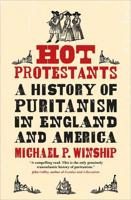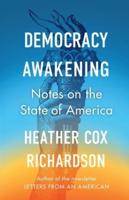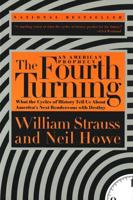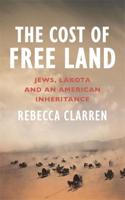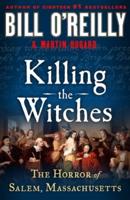Publisher's Synopsis
*Includes pictures
*Includes online resources and a bibliography for further reading
"Sometimes, I feel discriminated against, but it does not make me angry. It merely astonishes me. How can any deny themselves the pleasure of my company? It's beyond me." - Zora Neale Hurston
The Great Migration was the name coined for the mass movement of African-Americans north of the Mason-Dixon line in the years following the Civil War and the abolition of slavery. The enormous promise of emancipation proved to be illusory for the majority of Southern blacks, whether free or formerly enslaved, and as a result, hundreds of thousand made use of their fundamental freedom to leave.
This resulted in a "push" away from the South, caused by ongoing discrimination, entrenched Jim Crow laws, and increasing violence directed at blacks by whites. This was largely a movement driven by unreconciled whites who were apt to remind blacks that while slavery might have ended, equality should not be expected in its place. At the same time, another aspect was the "pull" towards seemingly greater opportunities available in the North. There were many reasons for this, but mainly it had to do with the massive industrial stimulus brought about by World War I. While the United States may not have been directly engaged in the war, the nation's industrial resources certainly were.
Initially, the jobs created by this surge in industrialization were not available to blacks because of union restrictions intended to protect white labor, but when the war broke out in Europe in 1914, this changed dramatically. European immigration to the United States evaporated almost overnight, creating an immediate labor vacuum in the United States, and although this did not mollify restive white labor unions, it nonetheless created a surge in opportunities for blacks.
Generally, the Great Migration is defined as having occurred between 1916 and 1970, during which time some 6 million African-Americans left the South for various northern states, not only primarily in the Northeast, but also in large numbers to the Midwest and the West. The First Great Migration, which took place mainly between 1916 and 1930, would bring about the Harlem Renaissance. The Second Great Migration, of course, occurred due to a similar industrialization that took place between 1940 and 1970. The figure typically cited for the First Great Migration is 1.6 million, and the phenomenon was ended temporarily mainly by the Great Depression, which reduced opportunities in the North considerably and made rural lifestyles more preferable for a time.
The main centers of black migration during the first wave were not only the industrial cities in the Northeast, mainly New York and Philadelphia, but also Detroit, Pittsburgh, St. Louis, Cleveland and Chicago, among others. Indeed, the African-American population in New York in particular exploded during this period, from about 140,000 in 1910 to upwards of 650,000 by 1940. In Philadelphia, during the same period, the black population increased by almost 230,000, and Chicago had an even bigger increase.
This migration, multi-faceted and multi-directional, found its principal cultural focus in New York City, most notably in Harlem. While many of these opportunities were made possible thanks to the work of Philip Payton, Jr., a prominent black businessman and real estate developer, no two historians will agree on the exact origins of the Harlem Renaissance, and there are few that are able to categorically agree on what the phenomenon actually represented. What is inescapable, however, is that a black cultural movement coalesced spontaneously in that area of uptown Manhattan.
The Harlem Renaissance: The History and Legacy of Early 20th Century America's Most Influential Cultural Movement examines the events and works that occurred in and around Harlem, and how they affected the world at large.

